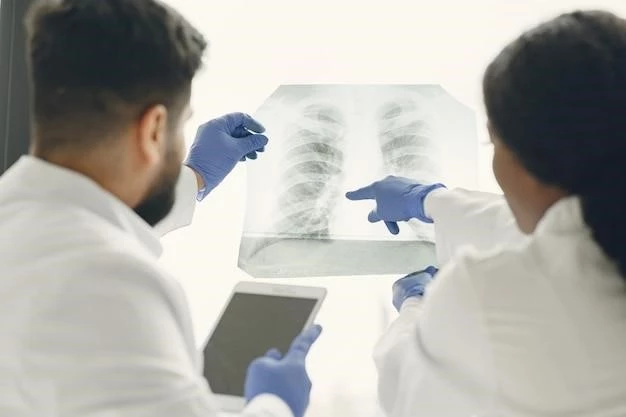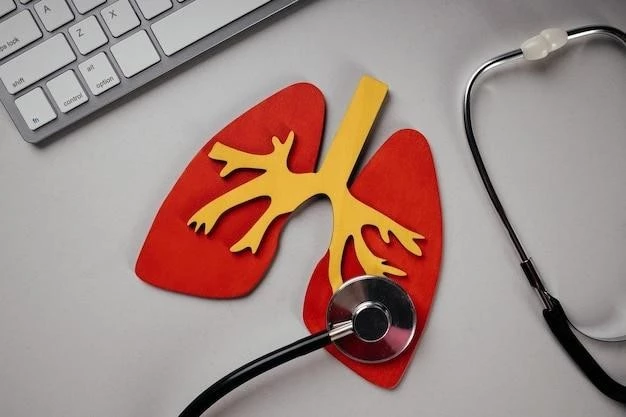Introduction to Pulmonary Artery Agenesis
Unilateral agenesis of the pulmonary artery is a rare congenital anomaly with an estimated incidence of 1⁚200‚000 individuals․ This anomaly results from involution of the proximal portion of the sixth aortic arch causing absence of the proximal pulmonary artery․
Pulmonary artery agenesis is a rare congenital anomaly characterized by the absence of one or both pulmonary arteries․ Unilateral agenesis‚ more common than bilateral‚ occurs when the proximal portion of the sixth aortic arch fails to form the pulmonary artery․ This condition has an estimated incidence of 1 in 200‚000 individuals․ Various diagnostic modalities‚ including angiography and magnetic resonance imaging‚ are used to confirm the diagnosis and assess associated anomalies․
Definition and Incidence
Pulmonary artery agenesis is a rare congenital anomaly characterized by the absence of one or both pulmonary arteries․ Unilateral agenesis‚ with an estimated incidence of 1⁚200‚000 individuals‚ is more common than bilateral agenesis․ Diagnostic methods such as angiography and magnetic resonance imaging help confirm the absence of the pulmonary artery and associated anomalies․
Pulmonary artery agenesis can manifest with varied symptoms depending on the severity of the condition․ Patients may present with respiratory distress‚ recurrent respiratory tract infections‚ hemoptysis‚ and pulmonary hypertension․ The diagnosis is often confirmed through imaging studies like conventional pulmonary angiography and magnetic resonance imaging to visualize the absence of the pulmonary artery and associated abnormalities․
Symptoms and Diagnosis
Pulmonary artery agenesis can present with symptoms such as respiratory distress‚ recurrent infections‚ hemoptysis‚ and pulmonary hypertension; Diagnostic methods like angiography and MRI are crucial in confirming this condition and assessing any associated anomalies for appropriate management․
Embryological Origin and Genetic Factors
Pulmonary artery agenesis originates from a developmental anomaly during embryogenesis where the proximal sixth aortic arch fails to form the pulmonary artery‚ leading to its absence․ This condition is often a result of genetic factors and can be associated with a spectrum of other malformations and syndromes‚ impacting both lung development and vascular structure․
Types of Pulmonary Artery Agenesis
Pulmonary artery agenesis can manifest as unilateral or bilateral absence of the pulmonary artery․ Unilateral agenesis is more common‚ with the left lung being predominantly affected․ In rare cases‚ the right lung agenesis is associated with a poorer prognosis due to additional congenital anomalies and mediastinal shift․
Bilateral vs․ Unilateral Agenesis
Pulmonary artery agenesis can be classified as bilateral‚ affecting both pulmonary arteries‚ or unilateral‚ where only one pulmonary artery is absent․ Unilateral agenesis‚ especially of the left lung‚ is more prevalent․ In contrast‚ right lung agenesis‚ although rarer‚ can lead to a poorer prognosis due to associated congenital anomalies and mediastinal shifts impacting lung function and overall health․
Complications Associated with Pulmonary Artery Agenesis
Pulmonary artery agenesis can lead to serious complications affecting lung function and the cardiovascular system․ The absence of a pulmonary artery can result in pulmonary hypertension‚ respiratory distress‚ recurrent infections‚ and impaired blood flow‚ impacting overall health and quality of life․ Early diagnosis and appropriate management are crucial to mitigate these complications․
Pulmonary artery agenesis significantly affects lung function and the cardiovascular system․ The absence of the pulmonary artery can lead to pulmonary hypertension‚ respiratory distress‚ recurrent infections‚ and compromised blood flow․ These impacts on the pulmonary and cardiovascular systems can result in significant challenges for individuals with this condition‚ affecting their overall health and well-being․
Impact on Lung Function and Cardiovascular System
Pulmonary artery agenesis significantly impacts lung function and cardiovascular health․ The absence of the pulmonary artery can lead to complications like pulmonary hypertension‚ respiratory issues‚ recurrent infections‚ and impaired blood flow‚ affecting overall cardiopulmonary function․ Early detection and appropriate management are essential to address the challenges posed by this condition․
Medical Management and Surgical Interventions
The management of pulmonary artery agenesis involves a combination of medical and surgical approaches․ Medical management focuses on controlling symptoms such as pulmonary hypertension and recurrent infections‚ while surgical interventions may be necessary to address structural abnormalities or improve blood flow․ Close monitoring and individualized treatment plans are essential for optimal patient care․

Prognosis and Long-Term Outlook
Pulmonary artery agenesis poses challenges for individuals due to its impact on lung function and cardiovascular health․ The prognosis varies based on the severity and associated complications․ Understanding the long-term outlook and survival rates is crucial in managing this complex condition and ensuring an improved quality of life for affected individuals․
Survival Rates and Quality of Life
Survival rates and quality of life outcomes for individuals with pulmonary artery agenesis depend on the severity of the condition and associated complications․ Understanding the long-term implications and prognosis is crucial for guiding treatment decisions and improving the overall well-being of affected individuals․ Close monitoring and appropriate management can help enhance survival rates and quality of life for those living with this rare congenital anomaly․

Current Research and Advances in Pulmonary Artery Agenesis
Ongoing research on pulmonary artery agenesis focuses on understanding the underlying genetic and embryological factors contributing to this condition․ Advancements in imaging techniques and diagnostic tools have improved early detection and management strategies․ Emerging therapies and experimental treatments aim to enhance the prognosis and quality of life for individuals affected by this rare congenital anomaly․
Emerging Therapies and Experimental Treatments
Emerging therapies and experimental treatments for pulmonary artery agenesis focus on addressing the underlying genetic and developmental factors contributing to this condition․ Research aims to develop novel interventions to improve lung function‚ manage pulmonary hypertension‚ and enhance cardiovascular health in individuals with this rare congenital anomaly․ Advances in therapeutic options offer hope for better outcomes and quality of life for affected individuals․
